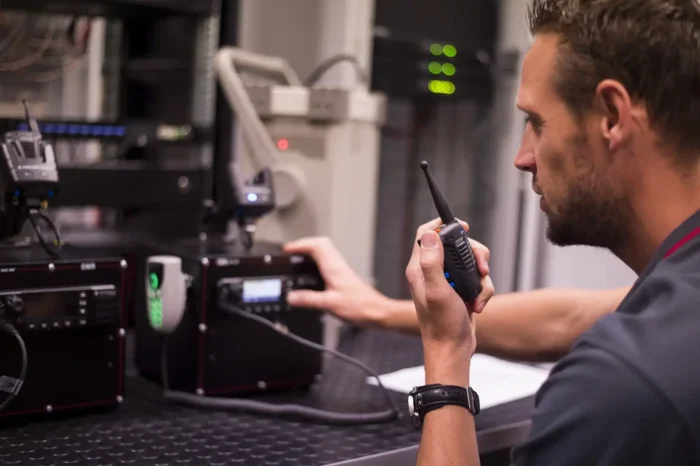From remote, challenging environments to cosmopolitan hubs, CSE Crosscom designs innovative communications and security solutions to support worker safety, continuous operability and improved performance across Australia.
CSE Crosscom designs solutions that grow with you as your business expands, to support the day-to-day operation of major infrastructure over a project’s complete lifecycle from concept through to commissioning and beyond.

CSE Crosscom is leading the way in innovative technologies that enhance business processes and are essential to mission critical communications and security. As a long-term strategic partner, CSE Crosscom has the necessary expertise to seamlessly integrate voice, video and data solutions that drive informed decision-making, improve safety and optimise productivity across a range of critical industries.
CSE Crosscom is a leader in providing state-of-the-art communication technologies that support worker safety, continuous operability, and improved performance. Get in touch with us today to learn more about how we can contribute to your business’s growth.